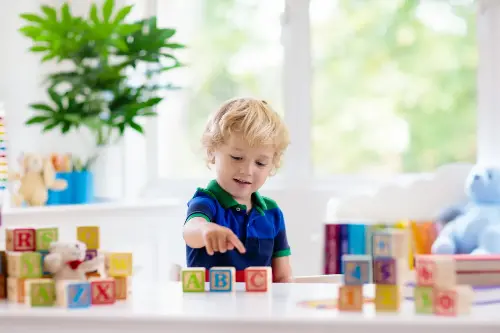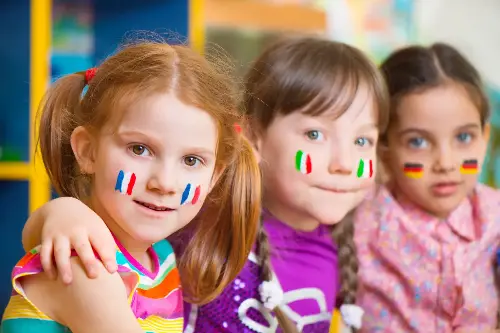In a world that's more interconnected than ever, teaching our children a foreign language is not just an option but a necessity. However, language learning is often viewed as an arduous task, riddled with complex grammar rules and endless vocabulary lists. It begs the question: how can we turn this educational journey into one of joy and excitement? The key lies in leveraging playful and entertaining methods to captivate the young mind, making foreign language acquisition a delightful experience.

Incorporating Multisensory Experiences
Children learn best when they can touch, taste, see, hear, and move around—essentially when they engage all their senses. When it comes to language learning, multisensory techniques can be incredibly effective. Creating flashcards with vivid pictures, listening to songs in the target language, or cooking a simple recipe from a country where the language is spoken can turn learning into a hands-on, fun-filled adventure.
Cultivating a Context with Stories and Role-Play
The power of storytelling can transport children to different worlds and immerse them in the new language effortlessly. By sharing tales and fables from various cultures, we not only teach them new words but also imbue them with an appreciation for the stories that shape societies. Role-play scenarios offer children the opportunity to use the language practically, whether they are acting out a scene from a book or pretending to shop in a foreign market.

Gamification: Learning Through Play
What if homework could be turned into a game? Gamification taps into children's innate love for play. Language learning apps for children often gamify the process, offering rewards, points, and levels to progress through. However, traditional games can be just as effective. Board games, memory games, or charades with vocabulary cards invite laughter and competitiveness which, in turn, encourage more engagement with the language.
Harnessing the Power of Technology
We live in a digital age where technology can be an ally in our educational endeavours. Interactive apps, educational software, and online video platforms offer myriad ways for children to engage with foreign languages. They provide immediate feedback, can be personalised to each child's pace of learning, and often incorporate playful graphics and interfaces that appeal to the young learner.

Language In Context: Cultural Immersion
Language cannot be disassociated from its cultural roots. By bringing cultural aspects into the learning process, children understand the ‘why’ behind the words. This can be as simple as learning a dance, celebrating a festival through crafts, or watching cartoons in the target language. When children associate positive cultural experiences with the language, they are more likely to be motivated to learn.
Regular Practice in Real Situations
Book learning is essential, but so is practical application. Introduce children to native speakers if possible, such as through community events or language exchange programs. Encourage the use of the language in everyday situations, like writing a shopping list or naming objects around the house. The goal is to normalise the use of the new language in safe and familiar contexts.

Encouragement and Appreciation
Positive reinforcement is one of the most powerful tools in education. Celebrate successes, no matter how small, be it a correctly remembered word or a well-pronounced phrase. Language learning is a journey with ups and downs, and recognising effort and progress keeps the joy alive.
In conclusion, transforming the task of learning a foreign language into an enjoyable activity requires creativity, patience, and enthusiasm. Integrating playful and multisensory learning methods, leveraging technology, and immersing children in the cultural aspects of the language can not only make education fun but also effective. As we prepare our children for a world where boundaries are blurred, instilling in them a love for languages from an early age is one of the greatest gifts we can offer. With interest ignited and motivation maintained, the path to linguistic proficiency becomes an adventure rather than a chore.
